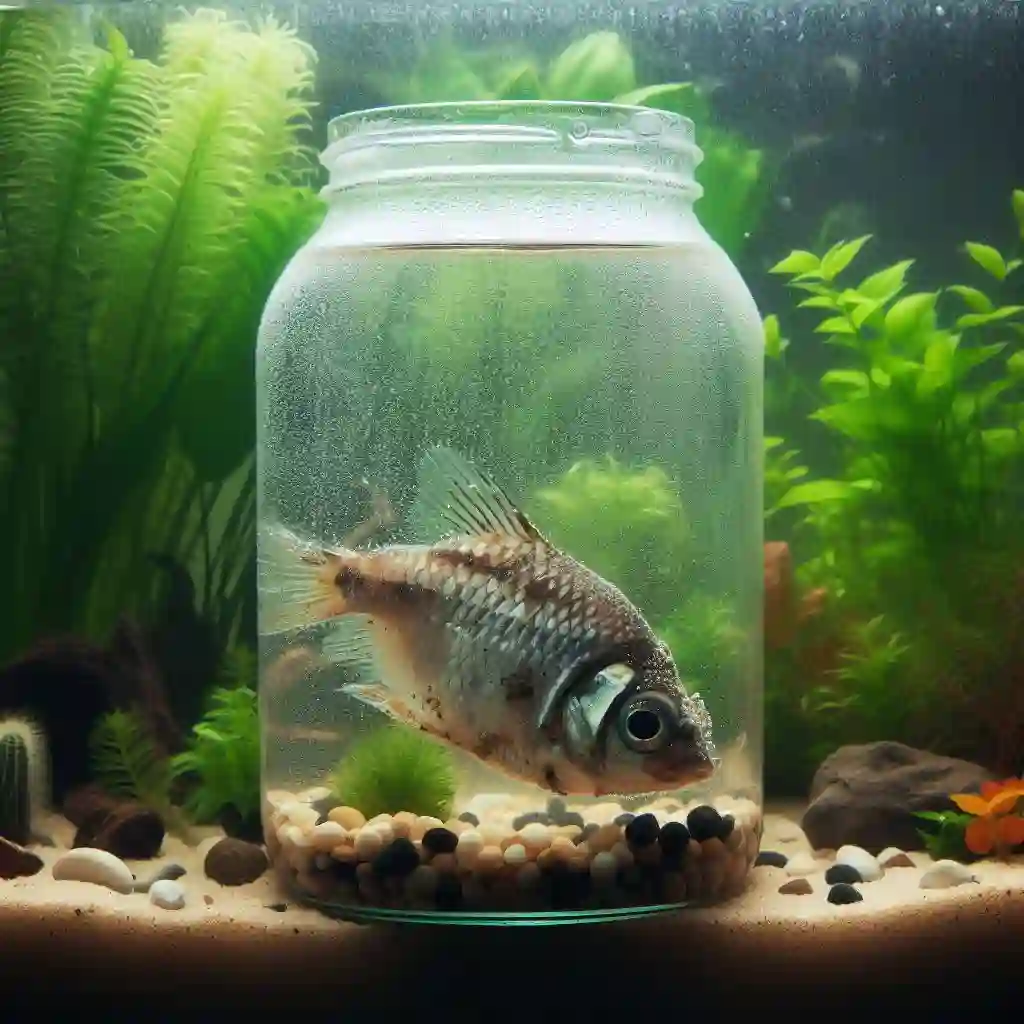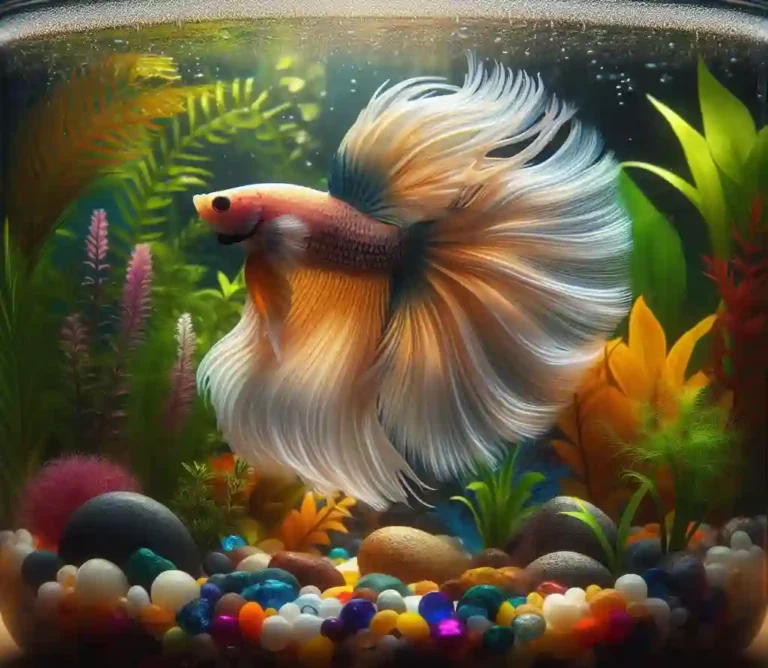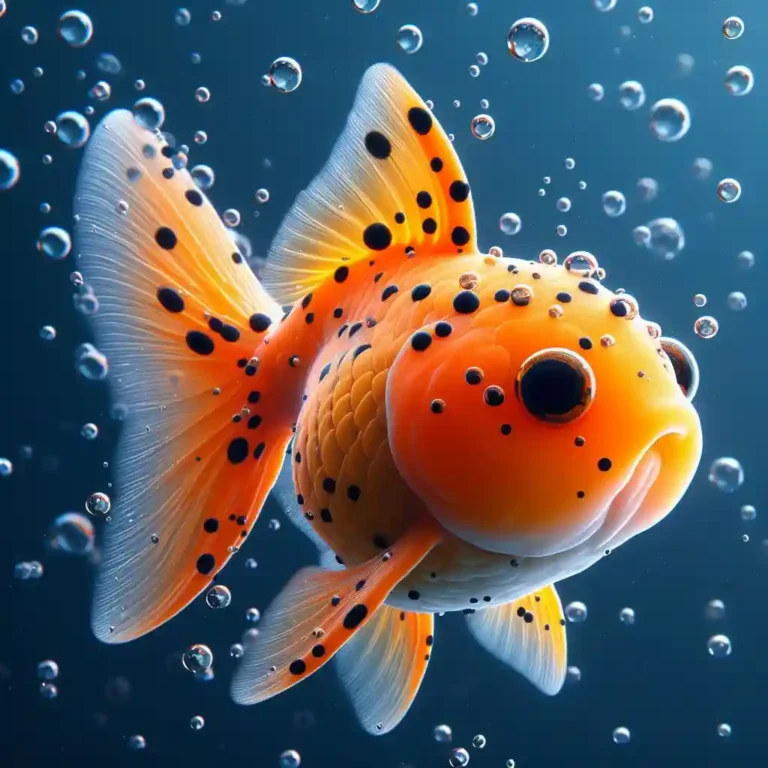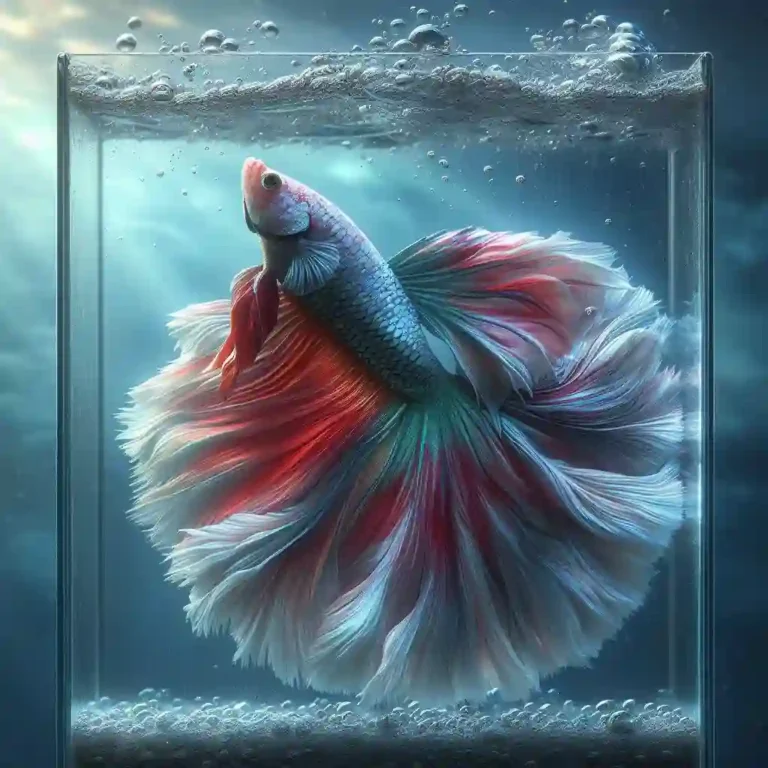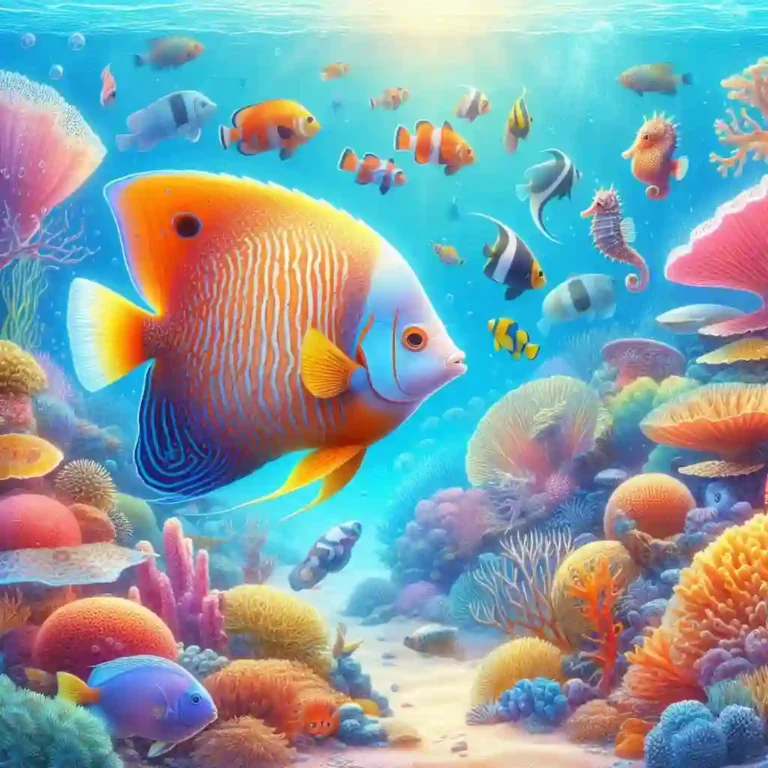Why My Fish Died After Water Change? – Understanding Causes and Solutions
Why My Fish Died After Water Change? – Many aquarium owners have experienced the heartbreaking loss of fish after a routine water change.
It can be devastating to see your beloved aquatic pets suffer, especially when you’re not sure what went wrong.
In this blog post, we will explore the reasons why fish may die after a water change and provide valuable tips on how to prevent this aquarium tragedy.
Why My Fish Died After Water Change?

Understanding the reasons behind the unfortunate demise of fish post-water change can help prevent future losses. Here are key factors to consider:
- Sudden Changes in Water Chemistry: Even minor alterations in pH, ammonia, nitrite, and nitrate levels can be fatal.
- Temperature Shock: Drastic differences between old and new water temperatures disrupt fish’s physiological processes.
- Chlorine/Chloramine Exposure: These chemicals in tap water are toxic to fish if not neutralized prior to introduction to the aquarium.
- Heavy Metal Contamination: Metals like lead, copper, and zinc, found in some water sources, can accumulate in fish, leading to health issues.
- Disruption of Beneficial Bacteria: Overcleaning or fully replacing water can remove essential bacteria that help break down waste, leading to a toxic environment.
- Stress: The combined effects of the above factors can weaken fish, making them more susceptible to diseases and reducing their lifespan.
The Crucial Role of Water Chemistry in Fish Health
Maintaining the right balance in water chemistry is fundamental to the survival and health of aquarium fish. Sudden shifts in the aquarium’s water parameters, such as fluctuations in pH, ammonia, nitrite, and nitrate levels, can cause significant stress to fish.
This stress not only impacts their immune system but can also be fatal. To safeguard your fish from these dangers, it’s critical to conduct regular tests on your aquarium water. Ensuring that these parameters remain stable is vital.
By keeping a close eye on your water chemistry, you can create a stable and healthy environment that supports the well-being of your aquatic friends, helping to avoid the distress and mortality associated with water changes.
Temperature Shock: A Silent Killer

A significant and often overlooked cause of mortality in aquarium fish following a water change is temperature shock. This abrupt change occurs when the new water introduced into the aquarium significantly differs in temperature from the water already present.
Fish, being cold-blooded, rely on the temperature of their environment to regulate their body temperature. A sudden shift can lead to stress, weakening their immune response and making them susceptible to diseases.
To avert this risk, it is imperative to match the temperature of the new water as closely as possible with that of the aquarium’s existing water. Employing a thermometer to check and adjust the temperature of the new water before adding it can prevent the adverse effects of temperature shock, ensuring the health and safety of your aquatic inhabitants.
The Dangers of Chlorine and Heavy Metals
Chlorine and heavy metals present in tap water pose significant risks to the health of aquarium fish. These substances, commonly found in municipal water supplies, can damage fish’s gills and affect their overall health, leading to stress or even fatality.
Chlorine, in particular, is toxic to fish, disrupting their delicate biological functions. Similarly, heavy metals like lead, copper, and zinc can accumulate in fish tissues, causing long-term health issues.
It’s essential to treat tap water with a water conditioner designed to remove these harmful elements before introducing it into the aquarium.
This precautionary step helps protect your fish from the potentially lethal effects of untreated tap water, safeguarding their well-being and ensuring a safer aquatic environment for them to inhabit.
Overcleaning Can Do More Harm Than Good

While keeping your aquarium spotless may seem like the best way to care for your fish, excessive cleaning can actually undermine their health. Going overboard with water changes, gravel vacuuming, or filter cleaning can strip away beneficial bacteria that play a critical role in the nitrogen cycle, destabilizing the ecosystem within your tank.
This disruption not only stresses your fish but can also lead to dangerous spikes in toxins as the balance of ammonia, nitrite, and nitrates shifts unpredictably. Instead of a rigorous cleaning regimen, adopt a more moderate approach that supports the delicate balance of your aquatic environment.
Aim for partial water changes and gentle substrate cleaning as part of your routine maintenance, ensuring you preserve the harmony and stability your fish depend on for their wellbeing.
Recognizing the Signs of Stress in Fish
Identifying when your fish are under stress is key to intervening before their health deteriorates significantly. Common indicators include labored breathing, which may manifest as gills moving rapidly or the fish going to the surface for air more often than usual.
A loss of appetite is another telltale sign, with affected fish ignoring food they normally consume eagerly. Behavioral changes such as constant hiding or avoidance of tank mates and erratic swimming patterns can also signal stress.
Additionally, watch for fish that appear to be rubbing themselves against tank decorations or the substrate, as this can indicate discomfort. Observing your fish regularly for these behaviors can help you catch and address stress-related issues early, potentially saving your fish from severe consequences.
Balancing Water Parameters for Fish Health
Achieving and maintaining balanced water parameters is a fundamental aspect of ensuring the longevity and vitality of your aquarium inhabitants. Regular testing for key elements such as pH, ammonia, nitrite, and nitrate levels is essential.
Fluctuations in these parameters can lead to stress and disease among your fish, making their environment unsuitable for living. To avoid these issues, it’s important to take corrective actions based on the results of your water tests.
Adjusting the water chemistry gently and gradually is crucial to prevent shocking your aquatic pets with sudden changes. This may involve the use of specific products designed to safely alter water conditions or the addition of natural buffers.
Additionally, understanding the specific needs of your fish species can help you maintain the ideal conditions they require for a healthy life. By staying vigilant and responsive to the needs of your aquarium ecosystem, you can ensure a thriving aquatic environment for your cherished fish.
The Importance of Water Conditioning
Water conditioning is not just a preparatory step; it’s a safeguard for the health of your aquarium inhabitants. Using a quality water conditioner is essential for neutralizing chlorine, chloramines, and removing heavy metals from your tap water.
These substances, commonly found in municipal water sources, can pose a serious threat to the delicate balance of your aquarium’s ecosystem. Untreated water can introduce harmful elements that stress or harm your fish, potentially leading to fatalities.
When adding new water to your aquarium, ensuring it has been treated with a water conditioner is a simple yet effective way to protect your aquatic pets from these risks. This process helps create a conducive environment that supports the wellbeing of your fish, providing them with a stable and safe habitat.
Ensuring Proper Filtration for Healthy Aquariums
Adequate filtration is a cornerstone of a thriving aquatic environment, playing a critical role in keeping the water clean and suitable for fish. Filters are designed to remove physical waste, excess food, and potentially harmful chemicals, thereby preventing the accumulation of toxins that can stress or even kill your fish.
It’s not just about having a filter in place; its efficiency matters greatly. Regular maintenance, including cleaning or replacing filter media, ensures the system operates at peak performance. Neglect in this area can lead to reduced oxygen levels and a buildup of harmful substances, creating a hostile environment for your aquatic friends.
Additionally, choosing the right type of filter for your aquarium size and the specific needs of your fish is crucial. Whether you opt for mechanical, chemical, or biological filtration, or a combination thereof, ensuring it’s properly set up and maintained can significantly impact the health and longevity of your aquarium’s inhabitants. Remember, a well-filtered tank is a fundamental step towards fostering a vibrant and healthy aquatic ecosystem.
Step-by-Step Guide to Safe Water Changes
To mitigate the risk of fish mortality following a water change, adhere to this meticulous process:
- Prior to initiating the water change, conduct comprehensive testing of your aquarium’s water to identify any current imbalances in parameters.
- Ready the new water by first ensuring its temperature aligns closely with that of your aquarium’s existing water to prevent thermal shock. Next, treat this water with a suitable dechlorinator to neutralize harmful chlorine and chloramines, safeguarding your fish from chemical stress.
- Employ a siphon to gently remove the targeted volume of old aquarium water, taking care not to disturb your fish or the beneficial bacteria established in the substrate and decorations.
- Carefully introduce the prepared new water to the aquarium, ideally in a slow and controlled manner to ease the adjustment process for your fish.
- In the hours and days following the water change, observe your fish attentively for any behavioral signs of stress or discomfort, which could indicate an adverse reaction to the water change process.
By following these detailed steps, you can significantly reduce the likelihood of stress or harm to your fish during the critical process of water changes.
The Role of Aquarium Maintenance in Fish Health
Consistent and thoughtful aquarium maintenance is key to ensuring the vitality of your fish. This involves more than just periodic cleaning; it includes monitoring water quality, managing filtration, and conducting partial water changes to maintain stability in the aquatic environment.
These actions help to prevent the buildup of harmful substances and ensure the habitat remains conducive to fish health.
By integrating these practices into your regular care routine, you contribute significantly to averting potential issues that could compromise your fish’s well-being, allowing them to thrive in a balanced and supportive setting.
FAQs
How often should I change the water in my aquarium to prevent fish from dying?
Perform partial water changes of about 25-30% every 2 to 4 weeks, depending on the tank size and fish load. Overdoing it can disrupt the balance of your aquarium.
What is the safest way to adjust the pH in my aquarium without harming the fish?
Gradually adjust the pH using products specifically designed for aquarium use, and always follow the instructions provided. Sudden changes in pH can be harmful.
Can I use tap water for my aquarium?
Yes, but it’s imperative to treat tap water with a water conditioner to remove chlorine, chloramines, and heavy metals before adding it to your aquarium.
Why is my fish showing signs of stress after a water change?
This could be due to temperature shock, the introduction of untreated water, or a sudden change in water chemistry. Ensure to closely match the new water’s temperature and composition with the existing tank water.
What should I do if the fish begin to show signs of stress or illness after a water change?
Immediately test the water parameters to check for any imbalances. Adjust the water conditions as needed and consider consulting a vet specialized in fish health if the condition doesn’t improve.

Hello, I’m Aria Cooper, the heart and soul behind Swimmy Buddies. As a devoted fish aficionado, I share my aquatic adventures and expertise to inspire your own underwater explorations. 🐠🌊

